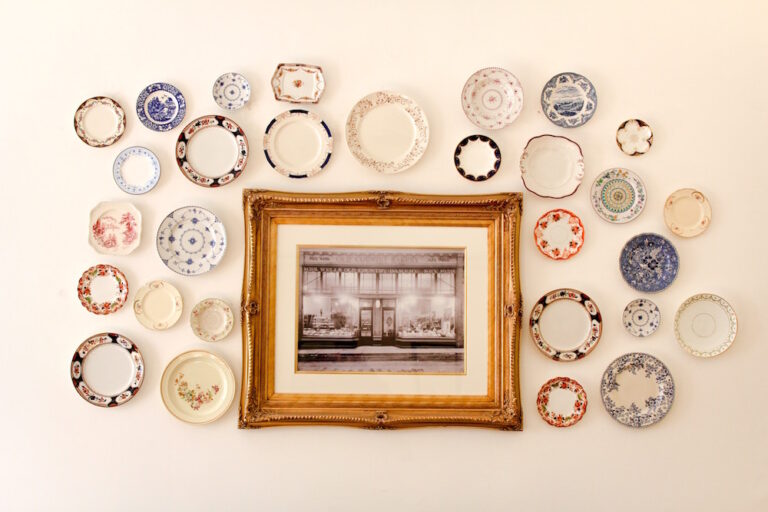
When constructing an estate plan, it is important to consider any art and collectibles. As anyone who’s watched an episode of Antiques Roadshow has seen, these items don’t have to be original Picassos to be monetarily valuable. Many people are unaware of the true worth of their pieces, over- or undervaluing them based on sentiment, family lore, or just plain lack of information.
The IRS defines collectibles as works of art, rugs, antiques, metals, gems, stamps coins, alcoholic beverages, or “other tangible personal property the IRS determines is a collectible.” In other words, a collectible could be anything from a sculpture to a comic book to a bottle of wine. It all essentially comes down to the rarity of an item and market demand.
If a person owns art or other collectibles that he or she believes may have monetary value, it is prudent to obtain appraisals from knowledgeable experts in the field. When it comes to estate planning, appraisals should be for fair market value, rather than the insurance value of the items. Fair market value, according to the IRS, is the price an item would sell for on the open market. The insurance value, also referred to as the retail replacement value, is defined by the Appraisers Association of America as “the highest amount required to replace a property with another of similar age, quality, origin, appearance, provenance and condition within a reasonable length of time in an appropriate and relevant market.” The distinction between fair market and insurance value is key because the insurance value is typically higher than fair market, and should not be used for determining tax liability.
When dealing with older or high value fine art collections, evidence of provenance is essential to the valuation process, and to prevent disputed claims of ownership. In the case of all collections, insurance records, certificates of authenticity, evidence of purchase, and even records of any repairs are all important documents. Once pieces have been valued, it will be easier to determine the best estate plan tools to dispose of the items, and to whom they should go, in order to minimize tax liabilities.
Determining which collectibles have true market value as opposed to simply sentimental value can be a difficult task. As with every step in the estate planning process, the assistance of an experienced trusts and estates attorney is always advised.